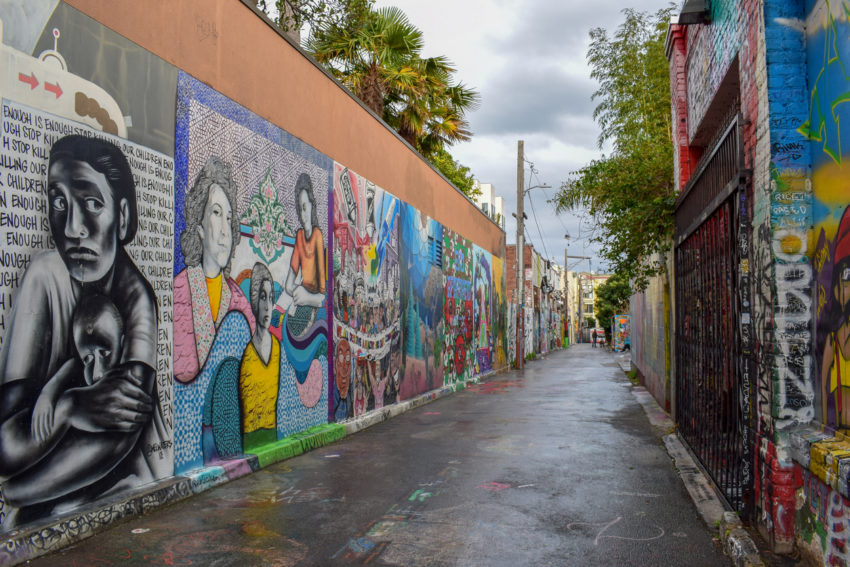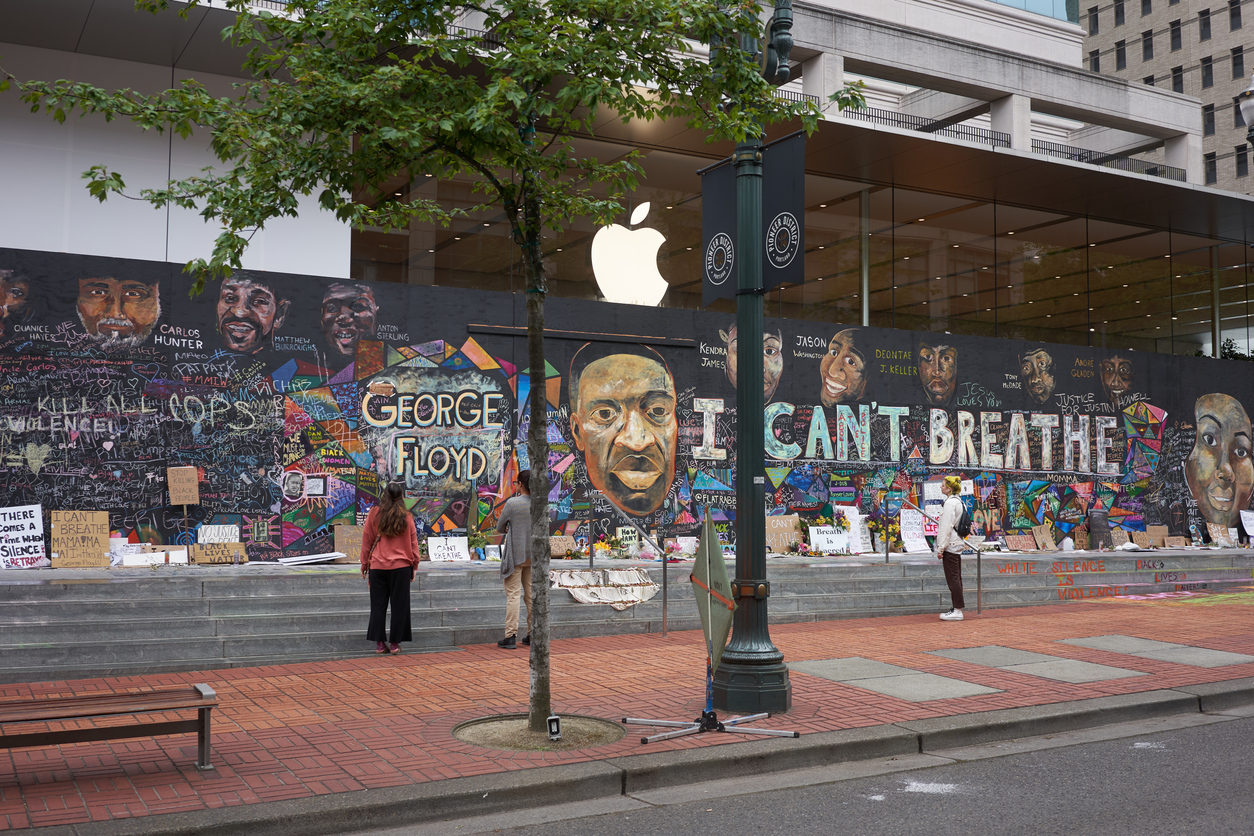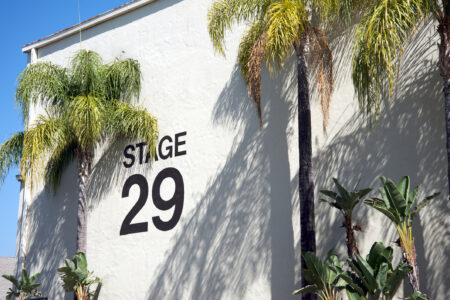
Share On Social!
How can art help a community?
Art and cultural practices can help boost social cohesion and overall community wellbeing, according to a new report, WE-Making: How Arts & Culture Unite People to Work Toward Community Well-Being, which explores this concept.
“A cohesive culture for health equity is one where everyone works individually and as a group to ensure that each person has a fair, just opportunity for health and wealth, as well as equitable access to basic resources required for these goals according to a Salud America! research review.
The WE-Making report was developed by the National Endowment for Arts and the Kresge Foundation, with support from the Robert Wood Johnson Foundation, Bush Foundation, and the John S. and James L. Knight Foundation.
The Report on Arts and Social Cohesion
WE-Making highlights several case studies on how arts and culture impact social cohesion, as well as the conceptual framework behind social cohesion and a literature review on previous research.
The researchers also point out that social cohesion through art is necessary in times of isolation, such as the COVID-19 pandemic that has disproportionately harmed Latinos.
“At a time when ‘social cohesion’ is challenged in new ways by ‘social distancing,’ and when ‘place-based’ art has come to mean arts participation with neighbors whom we only see at a distance or virtually, one well might ask whether resources of this nature are hopelessly obsolete…These crises have laid bare the ill effects of social isolation, social scarring, and social divides. These tools — and the lessons learned in their development — remain broadly applicable to those seeking to advances social cohesion, health equity, and community well-being,” according to the Arts, Culture, and Community Development website.
Based on the case studies, the report had some key findings on the connection between art and social cohesion:
- Place-based arts and cultural practices do grow social cohesion for community well-being, while presenting opportunities for further research and investment.
- Community well-being is not restricted to mental and physical health but encompasses individual benefits, such as happiness and communal creative responses to trauma and racism.
“The arts are indispensable for their power to build community with unique depth and meaning, and the diverse cases found throughout this website and beyond are testimony to that power,” according to the Arts, Culture, and Community Development website.
Case Studies: Using Art to Promote Social Cohesion
The WE-Making report showcased several case studies of how art and culture have impacted social cohesion in communities of color that face many disparities.
One case study focuses on a Black community in Natchez, Mississippi.
In Natchez, a project called Girls’nPearls aimed to uplift young Black girls and connect them to the history of the area with performance arts.
“Girls’n Pearls is a group of girls ages eight to 18 mentored by the Southwest Mississippi Chapter of the National Coalition of 100 Black Women, the group that hosted the event. The singing group was just one part of a weekend-long art exhibit and performance series. The series strove to ‘lift up the often untold stories of African Americans throughout [Natchez’s] 300-year history.’ The events centered around St. Catherine Street, which leads into downtown Natchez. It’s an area with deep historical meaning for the African American community,” according to the report.
Organizers felt the event was successful because it helped educate and bring together the community.
“The event helped to develop a sense of belonging and ownership to place. It also invited people of many ages to celebrate community and history. And, it strengthened individual and organizational relationship bonds,” according to the report.

Another case study in the report featured a rural town in Pennsylvania that asked residents to write letters and send in submissions with their feelings about the town, which they then used to create art.
“Many former coal and steel communities, like Tamaqua, have a deep-seated pessimism about the future. Rural communities face challenges due to unemployment, poverty, and lack of access to health care … In 2016, the researchers found significant improvements in reported connectedness. Residents had expanded networks by forming new connections and trust with one another (social capital). Even more, community members felt like their voices mattered (mindset),” according to the report.
Beyond the report, other initiatives for public art have also been successful in promoting social cohesion.
In Tallahassee, FL (19% Latino), the local government and a creative institute paired up to decorate utility boxes with local art.
“Public art increases community engagement, improves mental health and encourages social cohesion,” said Betsy Couch, Executive Director of the Knight Creative Communities Institute, according to the Tallahassee Democrat. “Art of the Box provides a variety of benefits including economic opportunity and marketing for local artists while showcasing the diversity of talent we have in Leon County.”
Salud America! also found that public art can help Latino communities.
“Investing in Latino placemaking is defined as creating a culturally relevant Latino public space to spur vibrancy in the neighborhood. Murals play a large role in Latino culture and placemaking. In both Boyle Heights and Logan Heights [in California], planners commissioned local artists to provide public art at their development. In doing this, representations of the everyday lived experiences, both historic and present, as well as the cultural aesthetic of current residents were represented and respected,” according to a Salud America! research review.
Along with other policies to improve Latino communities, public art can benefit residents and curb gentrification.
“When transit-oriented developments are able to expand the stock of affordable housing, establish culturally relevant Latino public spaces, invest in community-based public arts, and collaborate with local residents to make developments as community-oriented as possible, there is a strong chance they will be successful at limiting displacement and providing benefit to the current residents,” according to a Salud America! research review.
How Can We Continue to Build Social Cohesion for Latinos?
Social cohesion is vital to building a more equitable society.
The WE-Making report suggested ways that art initiatives can continue amplifying social cohesion, such as:
- Build and share power through community ownership
- Connect people across difference
- Include all types of community members
- Have a consistent presence in the community
- Align with community change goals
In addition to empowering the community with art, helping people understand the mechanisms that inhibit a cohesive culture is also important.
“To achieve a more cohesive culture, we must help people understand and overcome the mechanisms ─ implicit bias, system justification, moral disengagement ─ they use to discriminate against people of color and/or justify poverty,” according to a Salud America! research review.
You can help by learning about implicit bias and addressing your own biases.
Implicit biases are stereotypes that affect our actions and decisions about others, beyond our conscious control. Fortunately, these biases also can be “rewired” toward more compassion for others.
Download the free Salud America! Action Pack “Find Out If You Have Implicit Bias and What to Do Next.”
This Action Pack will help you see if you have implicit bias, learn from others who have overcome their own implicit bias, and also encourage others to learn about implicit bias, too.
By The Numbers
3
Big Excuses
people use to justify discriminatory behavior



